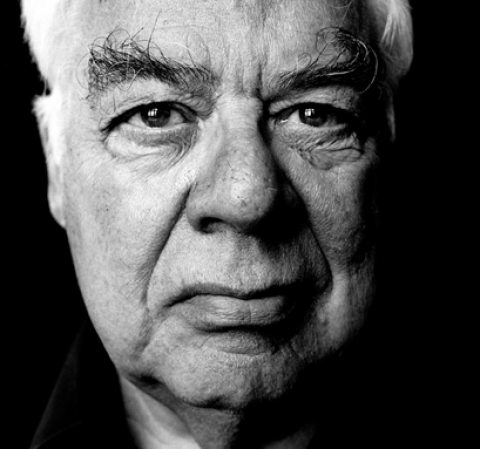How do you adequately portray life in a high-rise building? London filmmaker Marc Isaacs found a rather unconventional answer to this question. He installed himself inside the lift/elevator of a high rise on the East End of London. And for ten hours a day, over two months, he would ride up and down with the residents, with his camera pointing at them. It is fascinating to see how the residents react to him being there — some are suspicious or even hostile at the beginning. Others open up about their personal lives and their daily life in the building. And then others bring him something to eat, a chair to sit down on, or even little presents. The result is a moving and “quietly fascinating meditation on the mundanities of London life.” Writing about the film, the Times Online put it best: “Isaacs has an astounding gift for getting people to open up to him and he uses film the way a skilled artist uses paint. The result is beautiful, heartbreaking and profoundly humane.”
Here’s some bonus material: a review of “Lift” and Isaacs’ two other short documentaries “Calais” and “Travellers,” a Sunday Times article entitled “Marc Isaacs on his documentary art,” and an interview with Mark by The Documentary Filmmakers Group dfg.
By profession, Matthias Rascher teaches English and History at a High School in northern Bavaria, Germany. In his free time he scours the web for good links and posts the best finds on Twitter.


